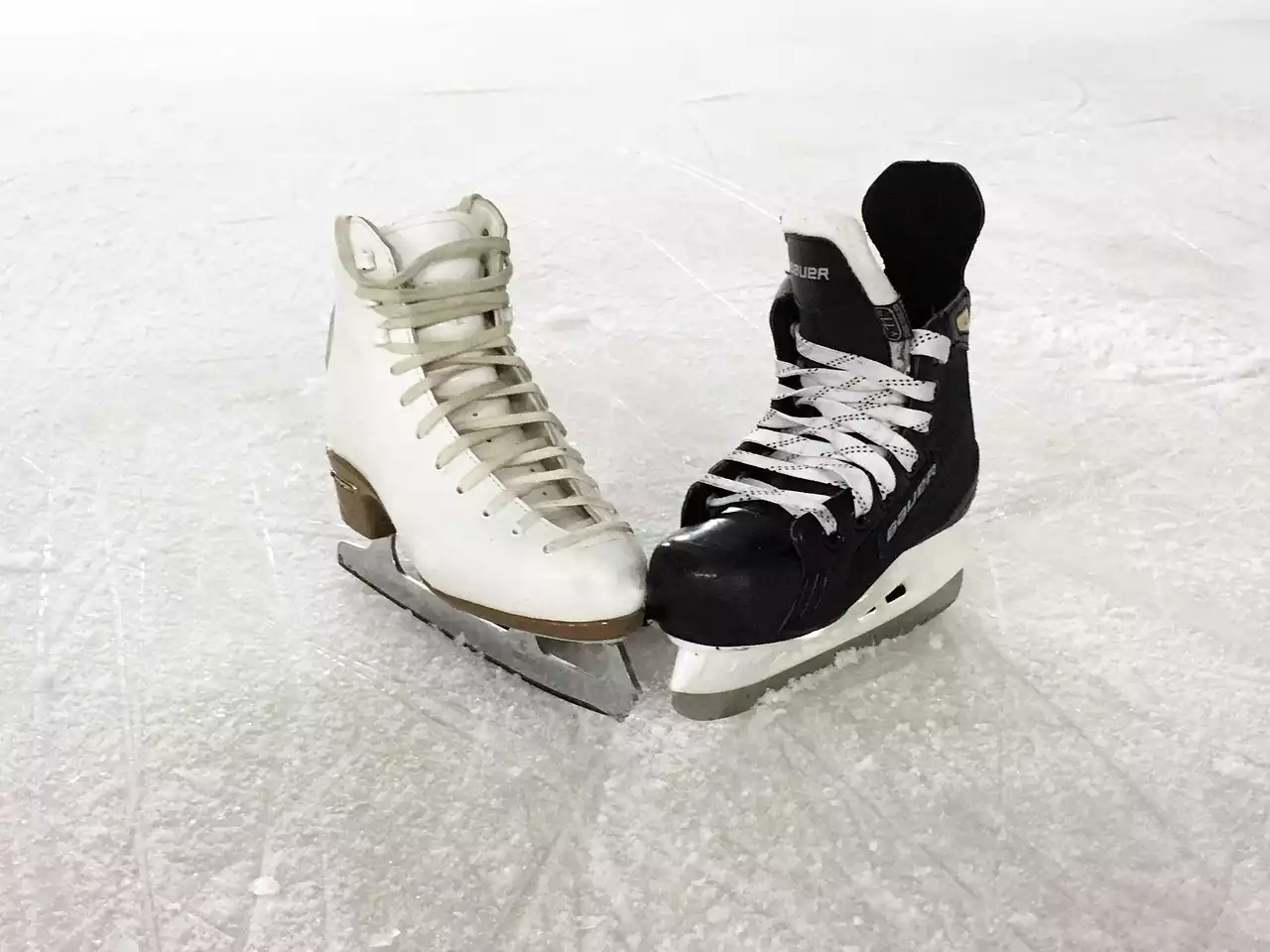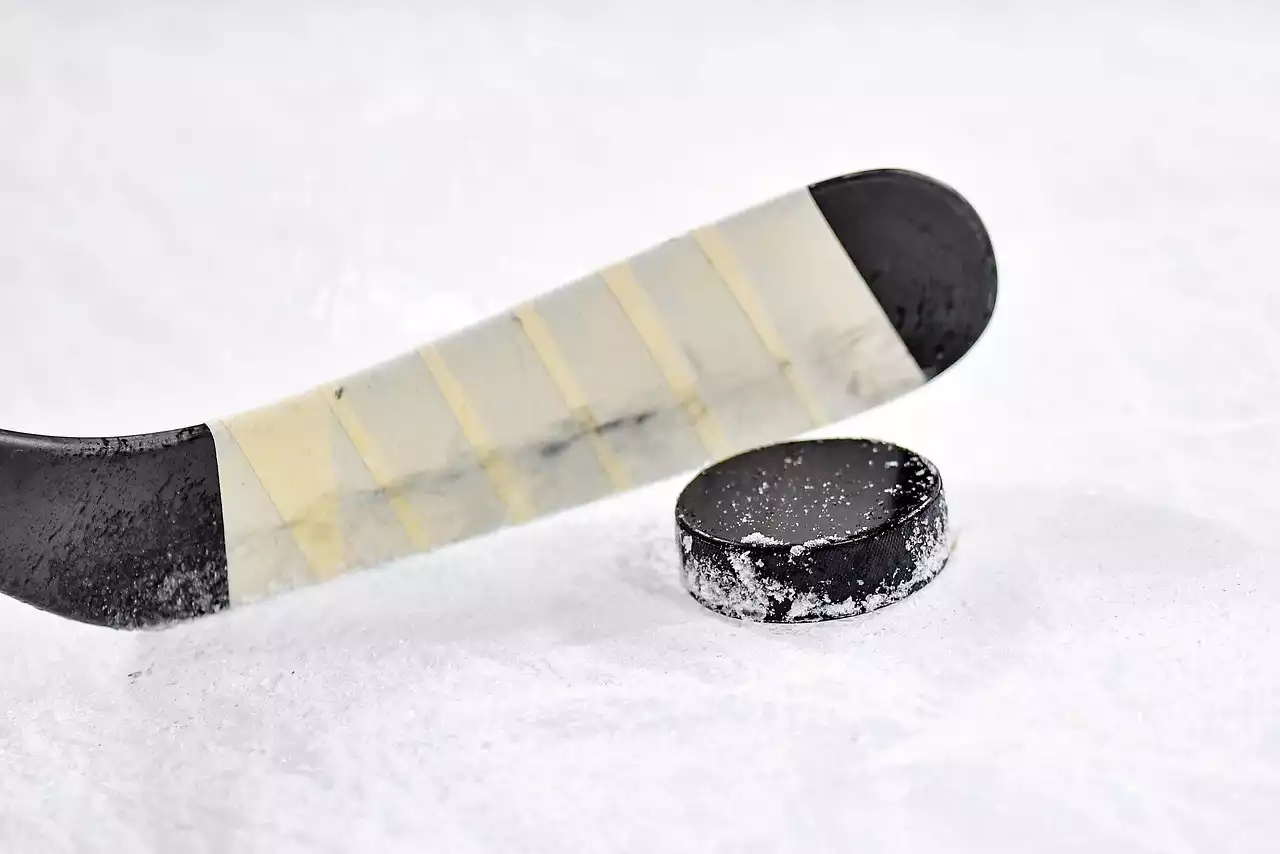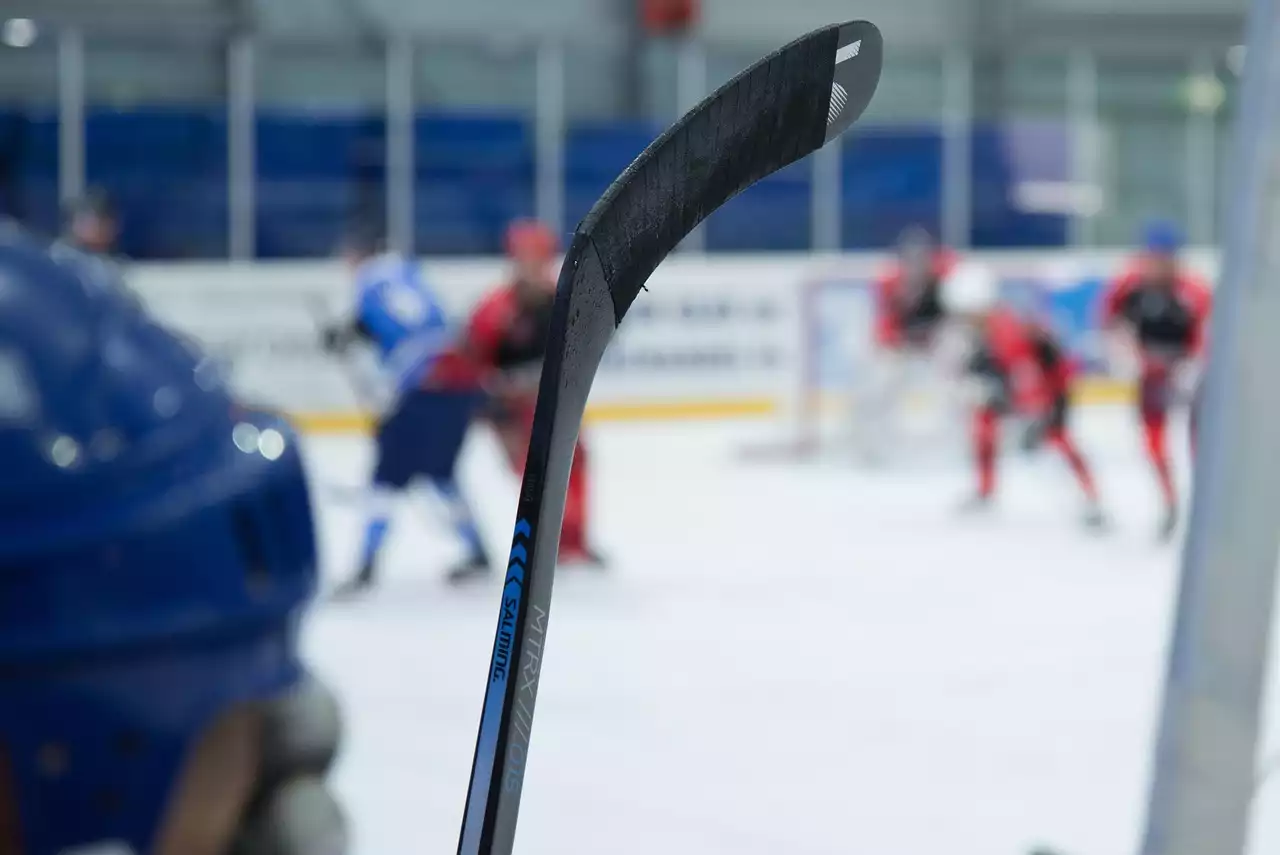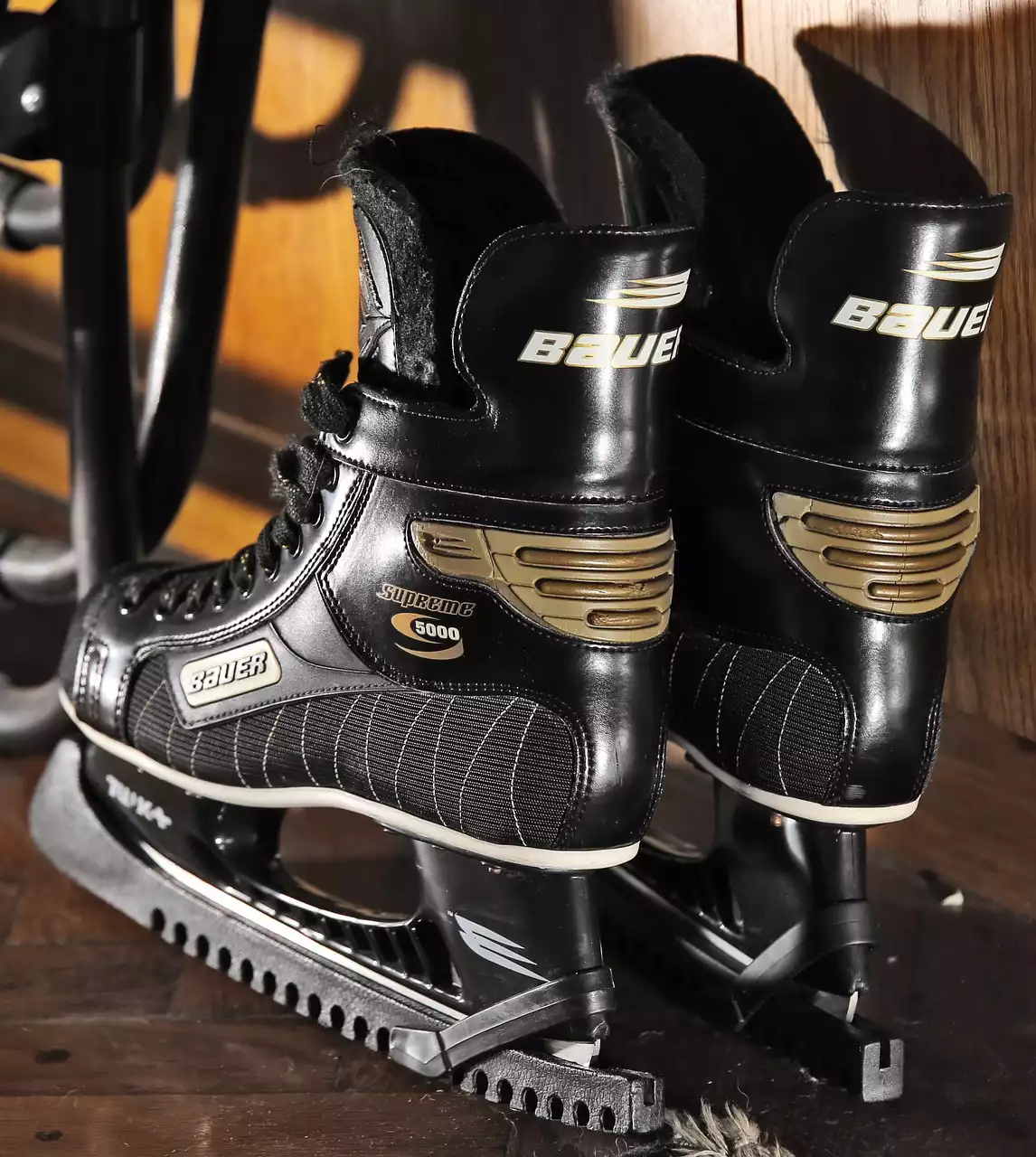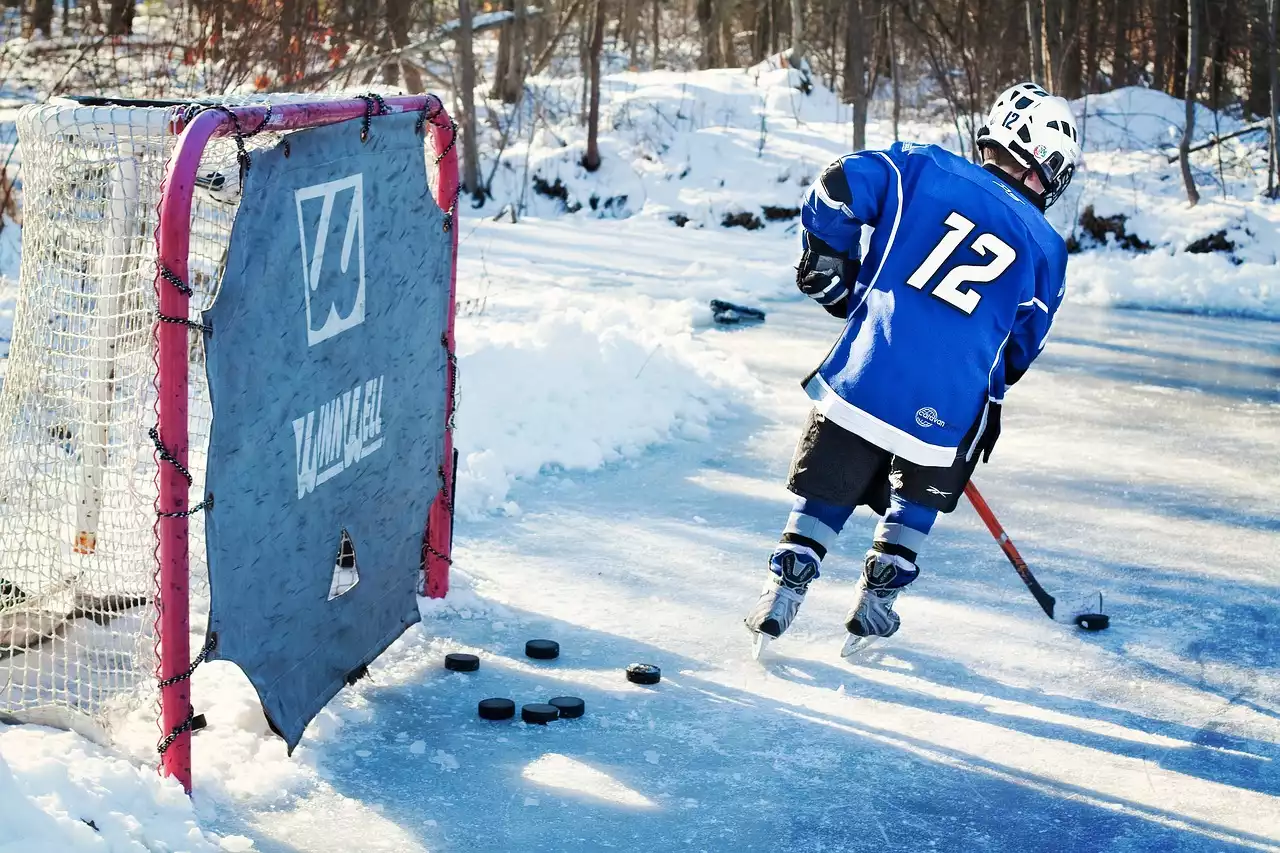What is Hockey Skating?
Hockey skating is a specialized form of skating that is used in the game of hockey. Hockey skating involves a variety of motions and techniques that are designed to help players move quickly and efficiently on the ice. Hockey skating requires a combination of power, speed, agility, and balance. Hockey skating also requires players to be able to shift their weight quickly and accurately to make sharp turns and stops.
The basic components of hockey skating include weight shifting, edgework, and stopping. Weight shifting involves transferring your body weight from one foot to the other to gain momentum and speed. Edgework involves the use of the edges of your skates to make sharp turns and quick stops. Stopping involves the use of your skates to slow down or stop your momentum. All of these components are essential for success on the ice.
Benefits of Learning the Basics of Skating for Hockey
Learning the basics of skating for hockey can have numerous benefits for players. Skating is the foundation for the game of hockey and mastering the fundamentals of skating can make a player much more effective on the ice. Being able to shift your weight quickly and accurately, to make sharp turns and quick stops can make a huge difference in a player’s performance.
In addition to improving a player’s performance, learning the basics of skating for hockey can also help to reduce the risk of injury. By mastering the fundamentals of skating, players can become much more adept at controlling their speed and momentum on the ice. This can help to prevent players from crashing into other players or the boards, which can lead to serious injuries.
Skating Fundamentals: Weight Shifting, Edgework, and Stopping
Weight shifting is the most important fundamental of skating for hockey. Weight shifting involves transferring your body weight from one foot to the other to gain momentum and speed. To be successful, players must be able to shift their weight quickly and accurately. This is especially important for making sharp turns and quick stops.
Edgework involves the use of the edges of your skates to make sharp turns and quick stops. Edgework is a very important skill for hockey players and can be difficult to master. It requires players to be able to control their speed and momentum and to be able to move their skates in a precise manner.
Stopping is an essential skill for hockey players. Stopping involves the use of your skates to slow down or stop your momentum. This is important for being able to control your speed and momentum on the ice. It also helps to prevent collisions with other players or the boards.
How to Practice and Develop the Basics of Skating
To develop the basics of skating for hockey, players must be willing to practice and put in the necessary work. Practice and repetition are key to mastering the fundamentals of skating. Players should practice each fundamental separately and then put them all together. This will allow them to develop muscle memory and become more proficient at shifting their weight, using their edges, and stopping.
Players should also practice different scenarios on the ice. This can include practicing different turns, stops, and other maneuvers. Practicing in different scenarios will help players become more comfortable with the motions and techniques of hockey skating.
Tips and Tricks for Mastering the Basics of Skating
When practicing and developing the basics of skating for hockey, there are some tips and tricks that players can use to help them become more successful.
The first tip is to focus on one fundamental at a time. Mastering one fundamental before moving on to the next will help ensure that players are comfortable with each skill before moving on.
Another tip is to practice drills that involve the fundamentals. This will help players to become more comfortable with the motions and techniques of hockey skating.
Finally, players should make sure to practice with a partner. This will allow players to practice the fundamentals in a game-like situation and will help to develop their skills.
Equipment Needed for Skating
To be successful at skating for hockey, players must make sure they have the proper equipment. The most important piece of equipment is a good pair of hockey skates. Hockey skates are designed specifically for hockey and provide the necessary support and comfort for playing the game.
In addition to skates, players should also make sure they have a good pair of hockey gloves. Hockey gloves provide extra protection for players’ hands and help to keep them warm.
Finally, players should make sure to have a good hockey stick. Hockey sticks are designed specifically for the game and can help players become more efficient and accurate when shooting and passing.
Courses for Learning the Basics of Skating for Hockey
For those who are looking to learn the basics of skating for hockey, there are a variety of courses available. These courses can be found online, in person, or at various sports centers. These courses can provide players with the necessary instruction for learning the fundamentals of skating for hockey.
Many of these courses teach the basics of skating, such as weight shifting, edgework, and stopping. They also provide tips and tricks for mastering the basics of skating. These courses can be a great way for players to get the necessary instruction and practice they need to become proficient hockey players.
Different Styles of Skating for Hockey
There are a variety of different styles of skating for hockey. Different styles of skating can be used for different situations on the ice.
Power skating is a style of skating that focuses on power and acceleration. This style of skating is used for gaining speed and momentum on the ice.
Agility skating is a style of skating that focuses on agility and quickness. This style of skating is used for making sharp turns and quick stops.
Finally, balance skating is a style of skating that focuses on balance and control. This style of skating is used for controlling speed and momentum on the ice.
How to Stay Safe While Skating
When learning the basics of skating for hockey, safety should always be a top priority. Players should always make sure to wear the proper safety equipment, such as a helmet, shoulder pads, and elbow pads. This will help to protect players from any potential injuries.
Players should also make sure to warm up and stretch before skating. This will help to prevent any potential injuries and help players stay safe while on the ice.
Finally, players should make sure to practice in a safe environment. This means avoiding any dangerous obstacles or other players. Practicing in a safe environment will help players stay safe while learning the basics of skating for hockey.
